There Were a Lot of Red Flags
“A spectre is haunting Europe–the spectre of communism,”
The Communist Manifesto
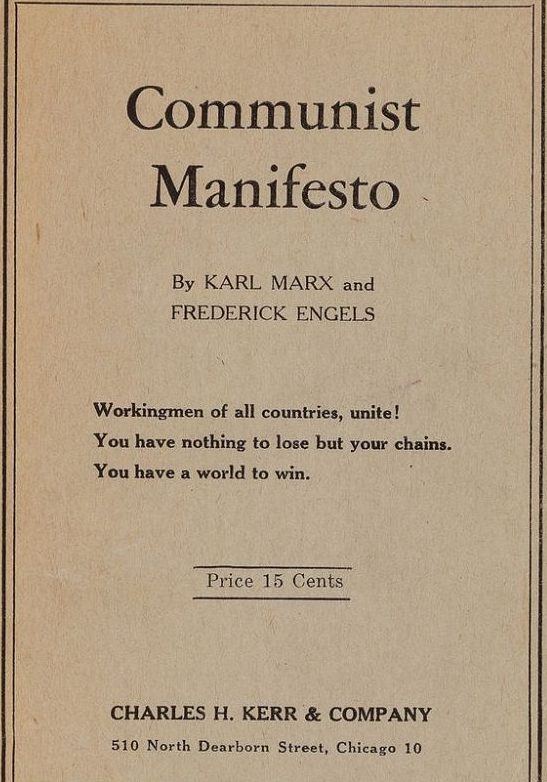
The day was February 21, 1848, when one of the greatest political pamphlets was written – The Communist Manifesto. Dropping this epic piece of political writings Karl Marx and Friedrich Engels gave a voice to the Communist League – a German group of socialists living in London who saw that all of history was filled with class struggles and became dedicated to ending class society.
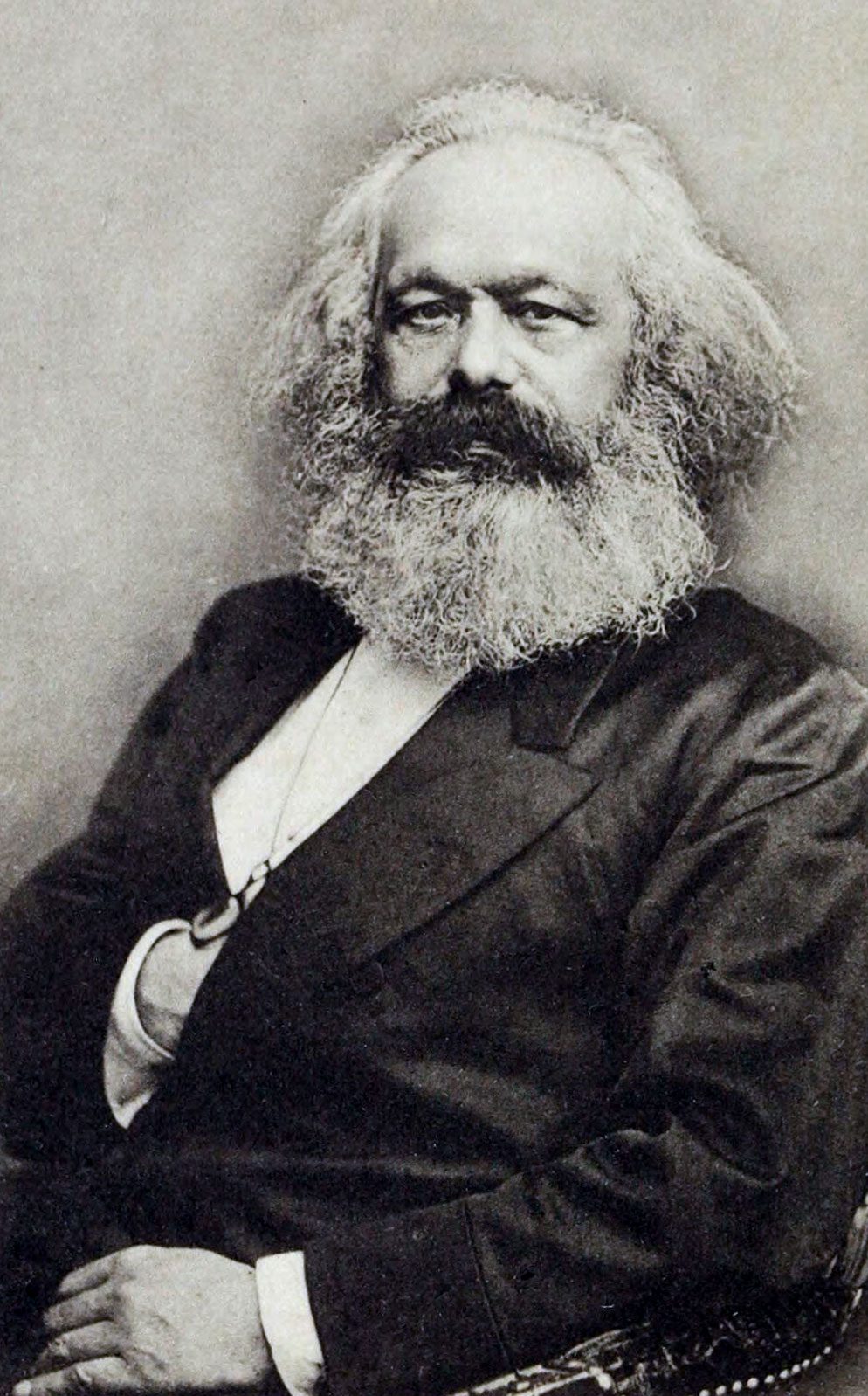
These ideas were not new at the time but were delivered with with fresh perspective and thought that helped it spread throughout Europe resonating the most in the socialist capital, Paris, as Karl Marx was deeply influenced by the philosophers of pre-revolutionary France and gave a voice to their ideas(such as Claude-Henre Saint-Simon who was one of the first people to outline the idea of Socialism).The ball of communism was slow to get rolling as there was little impact at the time of the Manifesto’s release, but over the years much of society embraced and spread these concepts resulting in nearly half the world’s population living under Marxist governments by 1950.
Marx was very confident in his beliefs and predicted that as the world accepted communism a European revolution would be imminent. Only a day after the release of the Manifesto, Marx was proved right as French riots broke out, protesting against the banning of socialist and opposition group meetings. The individual riots led to a revolution that caused King Louis-Phillip to abdicate.

This struck fear into the European leaders who would banish Marx from entering their countries in hopes of snuffing out communism. Unfortunately Marx’s following only grew as more committees, leagues and groups were formed across Europe and soon it was a feared political force. In 1917, three decades after the death of Karl Marx, Vladimir Lenin led the world’s first successful communist revolution in Russia, an attack that massacred the people and still has its influences on modern Russian politics. Today, communism is still being practiced in places like China and North Korea where neither communism or socialism has successfully been achieved and where western countries still hold fear towards.
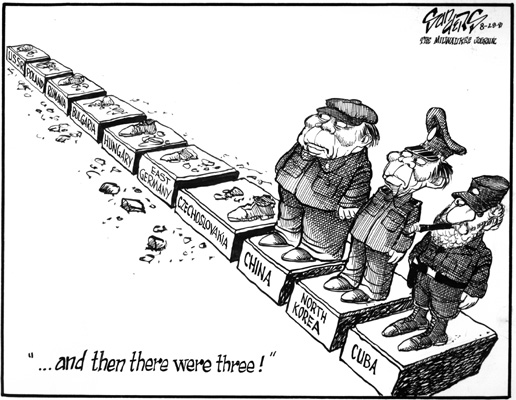
“The proletarians have nothing to lose but their chains. They have a world to win. Workers of the world, unite!”
The Communist Manifesto
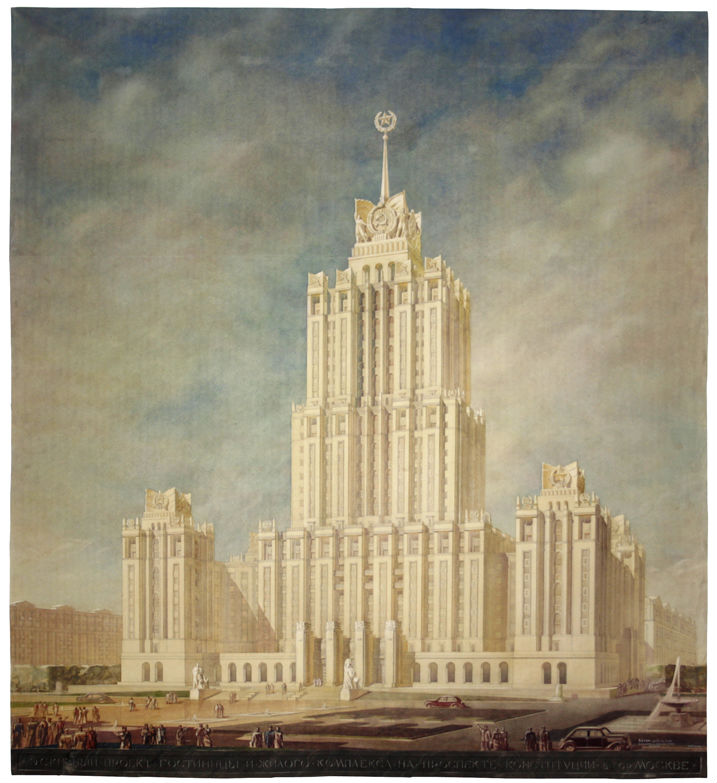
The influence of communism in places like design and architecture took place many decades after the release of the Communist Manifesto during the rule of Marxist leaders like Lenin and Stalin. During this time the political and social environments were filled with new ideas, deep meaning and intense ideological communication. The design and architecture of this time reflected the ideas of the sociopolitical climate, though much of the Soviet style has since been destroyed or hidden from the world.
In the times of the Russian Monarchy, the Russian style was romanticized and influenced by European and Asian styles. These imported elements resulted in the Russian style becoming a soup of many other cultures’ decorations, fashions, architecture and so on making it difficult to isolate a sole Russian characteristic. This resulted in Russia being a mysterious figure towards the world (something still occurring today) where not much was known about the way of life or culture.
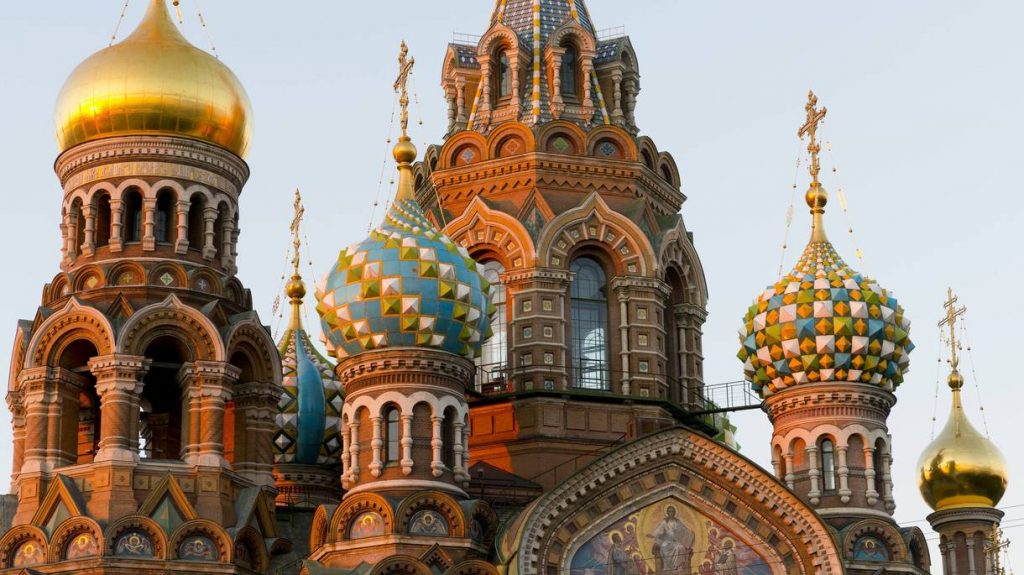
This changed when Viktor Butovsky, working for the Moscow Museum of Industrial Arts commissioned a french architect to compile a history on Russian architecture. The result was a pattern book for architects to follow, an expose of Russian history and politics, a censored version of Russian architecture history and an illustration of the Russian political landscape and relationship to the world.
During the commuist times of Stalin, Russia set off on the “Great Retreat” which ruined “petit-bourgeois utopianism”, revolutionary experimentation and instead industrialized the USSR. The affects on architecture were drastic yet finally individual to Russia. In 1932, a “wedding cake” design incorporating symmetry and likeness to the Empire State Building as well as a statue of Lenin acting as the cherry on top won a soviet architectural competition.
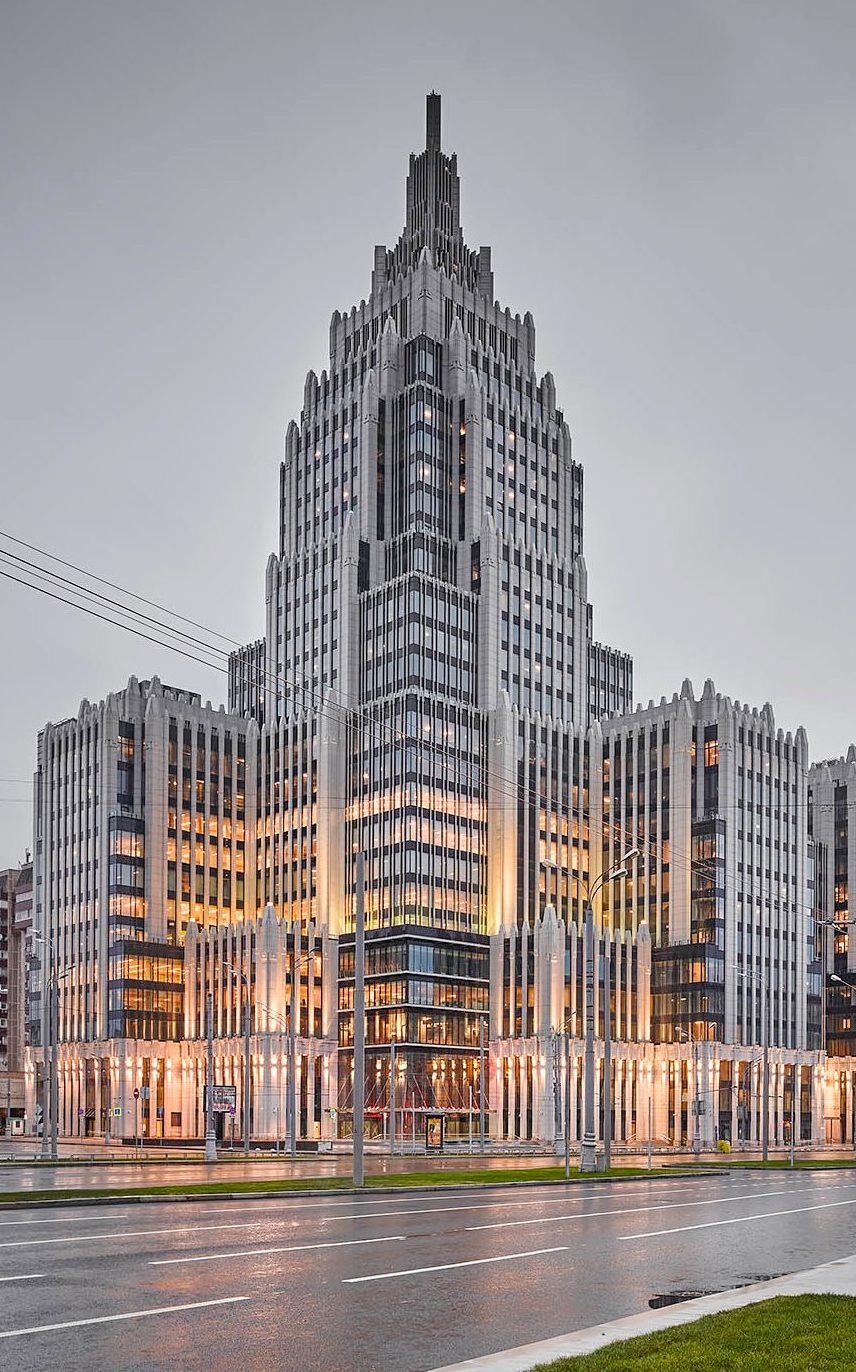
Over the next three decades the USSR cultivated an expensive, decorative and bizarre neo-baroque style that reflected the power of the country but made no room for beauty or comfort. When brought to Europe and America was seen as the only form of socialist architecture and represented a murderous historic regime. We can view these brutal structures as reinforcements of the ideas of society at the time as the stone and statues symbolically communicate the power of the leaders and insignificance of the individual. Today this type of design can easily be identified – even Simon Fraser University can be compared to early 20th century Russia with its brutalist design.
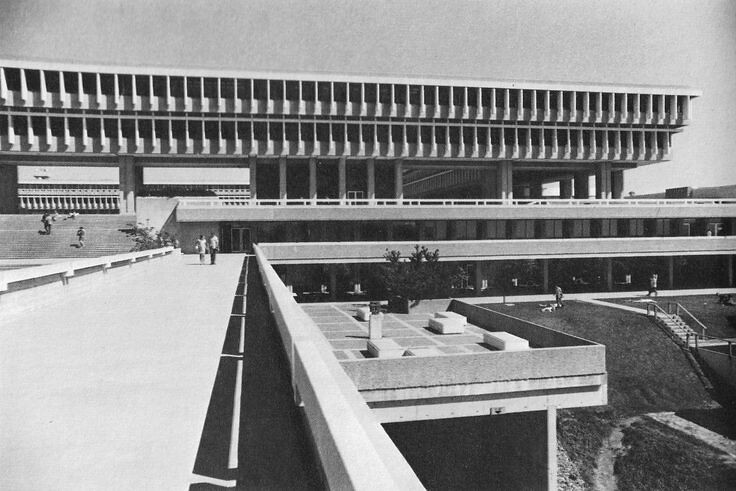
bl.uk/learning/timeline/item106572.html
October 23, 2020 at 7:29 pm
I’m not sure when this posted but eportfolios has been extremely slow when uploading new posts so let me know if you are able to view this! 🙂